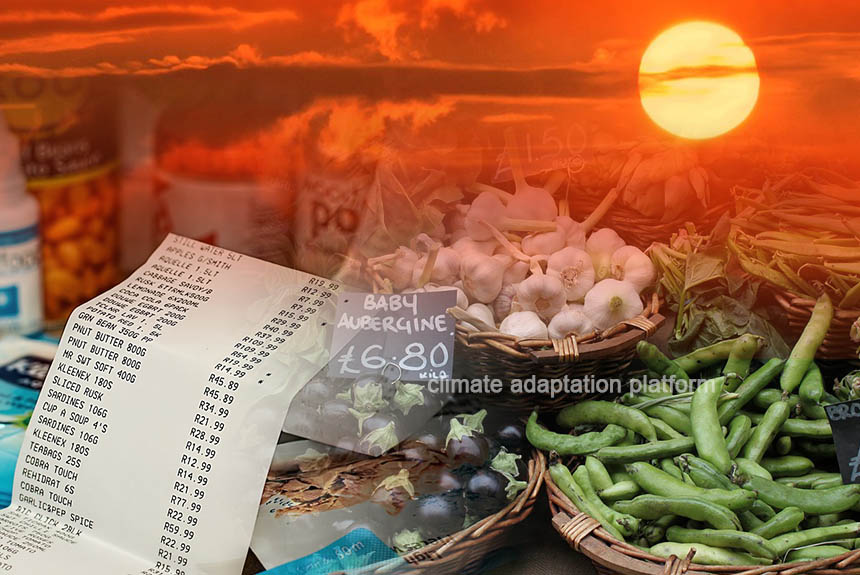Extreme weather events, geopolitical conflict, high input costs, and increased demand are factors identified that caused food prices to hike steeply in 2022 before dropping slightly in 2023. However, global inflation persisted until 2024.
A warming planet is driving up the cost of food, goods, and services, researchers from the Potsdam Institute for Climate Impact Research and the European Central Bank in Germany warned. The 2024 study published in the Journal Communications Earth& Environment, “Global warming and heat extremes to enhance inflationary pressures”, is the latest example of how climate change affects the economy, particularly one of the basic needs of humans for existence: food.
Researchers found that high temperatures “persistently” increase food inflation in both high- and low-income countries. They have combined climate data with more than 27,000 monthly observations of consumer price indices for food eaten at home and in restaurants in 121 countries worldwide to quantify the impacts of climate conditions on inflation over the last 25 years, between 1996 and 2021. Their finding shows that global warming could cause food price inflation to increase by between 0.9 and 3.2 percentage points per year by 2035.
While these inflation rates are expected in a worst-case scenario, where GHG emissions continue to increase and with little mitigation done, researchers note that even under the best-case scenario, climate change will still push overall inflation to an average of 0.3 percentage points and food inflation 0.9 percentage points each year through 2035.
Inflation pressures from rising temperatures vary across the globe
According to the study, inflationary pressures are largest at low latitudes or in countries and regions closest to the Equator and show strong seasonality at high latitudes, peaking in summer. For instance, the 2022 extreme summer heat increased food inflation in Europe by 0.43-0.93 percentage points, which warming projected for 2035 would amplify by 30-50%.
In high-latitude countries, inflationary pressures occur when temperature increases happen in the hottest months of the year and downward pressures in colder months. In contrast to increases in average temperatures at lower latitude countries, inflationary pressures happen all year round.
The study notes that weather and climate shocks can no longer be considered temporary, adversely affect purchasing power, and impact social cohesion. These issues highlight the importance of central banks and macroeconomic modelling in general in considering future climate change in their macroeconomic assessment and forecasting tools.
The impacts of climate change on food prices and supply underscore the need for immediate climate adaptation and mitigation. The planned adoption of space cooling and crop switching are examples of climate adaptation strategies that could limit the impacts of climate change.
However, these strategies should be complemented by urgent efforts to mitigate greenhouse gas emissions, as the study warns that inflation pressures will remain persistent and significant without immediate and sustained mitigation.
Sources:
Kotz, M., Kuik, F., Lis, E. et al. Global warming and heat extremes to enhance inflationary pressures. Commun Earth Environ 5, 116 (2024). https://doi.org/10.1038/s43247-023-01173-x
Dwyer, O. (2024, August 8). Five charts: How climate change is driving up food prices around the world. Carbon Brief. Retrieved from https://www.carbonbrief.org/five-charts-how-climate-change-is-driving-up-food-prices-around-the-world/



Leave a Reply